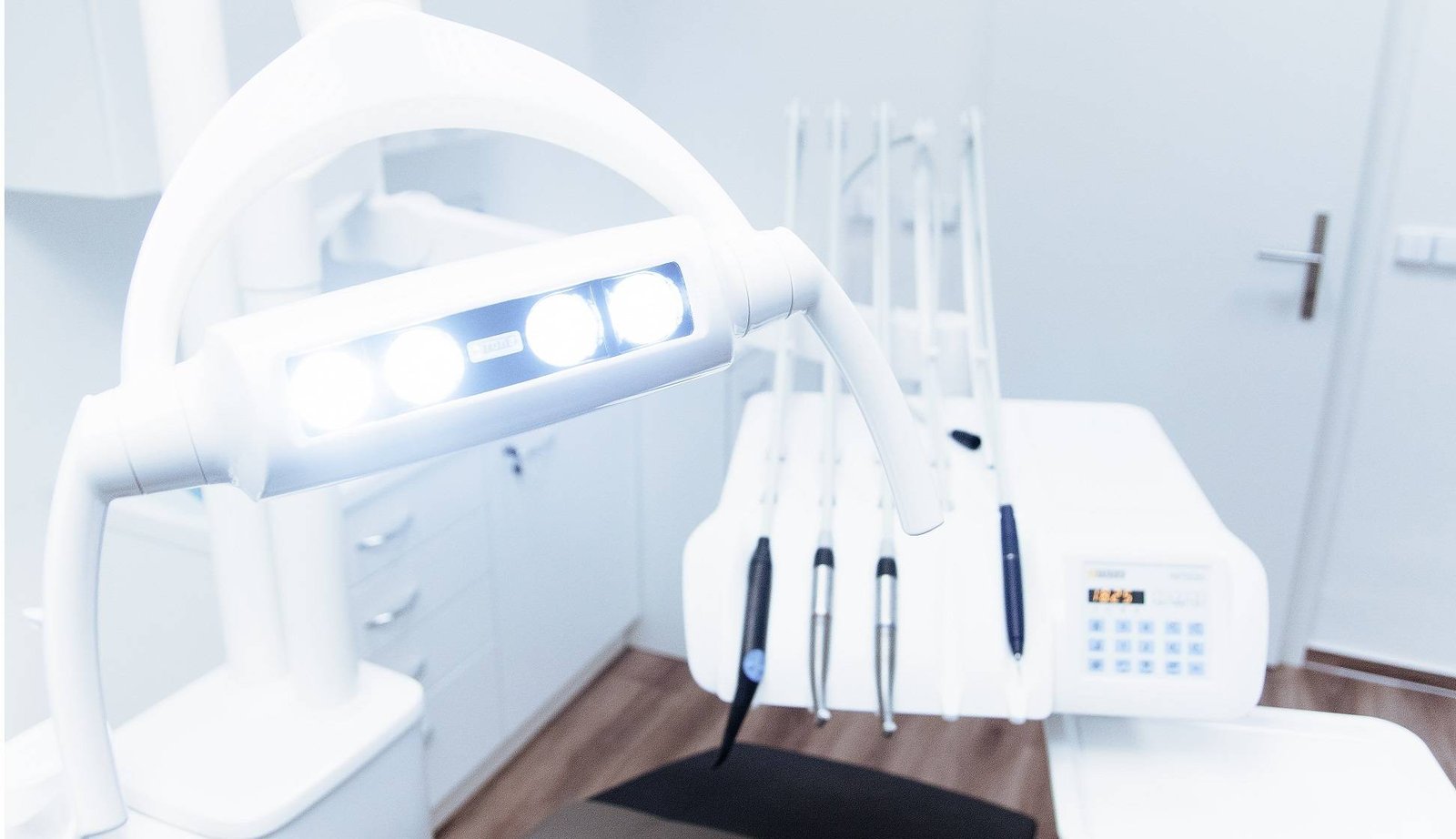Medical devices make up a huge and complex field in this world. There are a lot of devices which ranges from anything between a pacemaker and a thermometer. In these products they also come with some particular markings such as CE marking for medical devices and the FDA 510 K and also the NIOSH Certification etc. so firstly we would be talking about the medical devices CE marking which shows that the particular device which will meet the legal requirement for the major medical devices. If you want to place a CE mark on some certain medical device. The FDA, the US food and the drug regulatory body, has made a definition for all the devices. It always considers a particular medical device as an instrument, machine, apparatus, contrivance, implant, or the other similar related things
There are also some of the FDA 510k Consultants which has the lunar role for regulating all the medical devices in the industry. It is the one of the best software CE marking for all the medical devices, a role which has assumed all the considering to the serious health implications that are even for a smaller fault in a device which can cause something.
There is also some particular medical device classification of the medical devices such as:
- Class 1 medical device.
2.Class 2 medical device.
- Class III Medical Device.
What do you mean by FDA approval?

There is also some of the European authorized representative which helps the people by serving them as the legal entity which is designated by the non European Union manufacturers. The EU representative is the particular person which is designated, where it is applicable, to represent the companies which are not based in the Europe regarding the obligations that they have under the GDPR. Therefore it is the best thing that you can get.
The US FDA Consultants are also good at the Biocompatibility testing which can help you in a lot of ways by getting your device tested and approved.